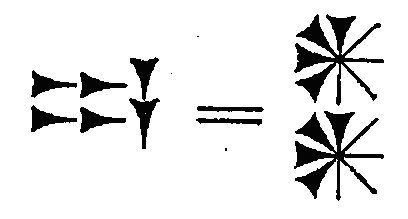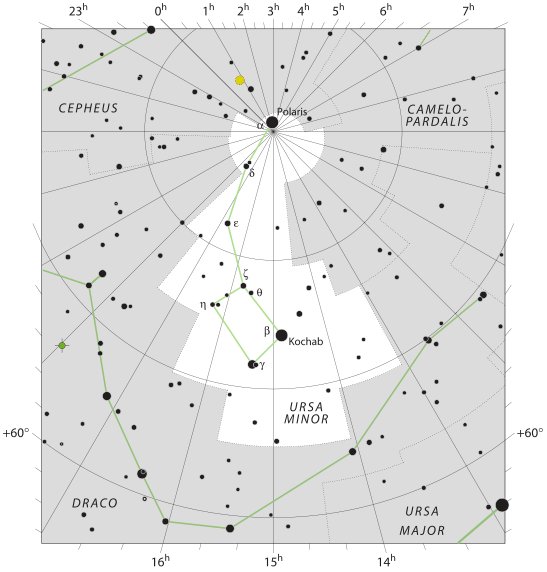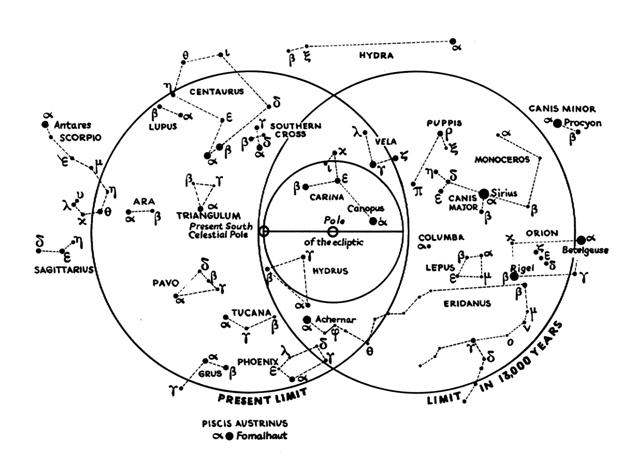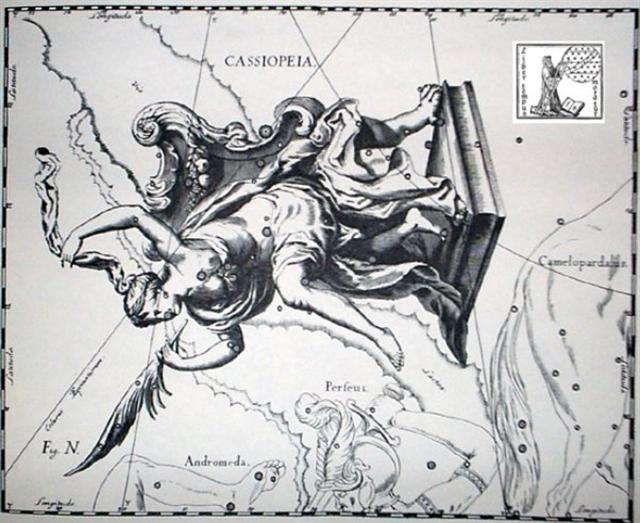Bb2.3 Once again. In time-space, we can now understand, it is natural to think of one equinox in the morning (spring) and on the opposite side the equinox of the evening (autumn) with the World Tree standing tall in between, marking the 5th and central cardinal direction, i.e. also in the middle between midnight (nadir) and noon (zenith):
... I already knew that the ceiba tree was the model for the sacred World Tree of the Maya, but I had never seen one in flower when I knew what I was looking at. I was really excited because normally you can't see the blossoms even if you're there when the tree is in blossom. The fully mature trees are hundreds of feet high. and the blossoms are very small. 'It's a ceiba', I chirped and began looking for a branch low enough to see one of the blossoms up close. Joyce Livingstone, a retired teacher, did the logical thing. She bent over, picked up a fallen branch, and held it out for me to see. I was too excited and full of myself to listen. She tapped my arm more insistently and still I didn't hear her. Finally, in frustration, she grabbed my wrist and raised her voice. 'Will you look at these?' she said, waving the branch, and finally I did. What I saw stunned me, for in her hand lay a perfect replica of the earflares worn by the Classic Maya kings. Suddenly I understood the full symbolism of so many of the things I had been studying for years. The kings dressed themselves as the Wakah-Chan tree, although at the time I didn't know it was also the Milky Way ...
This pattern is clearly what they would have seen in the night sky of May 1-3, corresponding to the last 3 days of FEBRUARY. The 'double heads of the serpent' - the pair of equinoxes - had the World Tree (Kochab) in the center:
But due to the fact that Kochab had been at the north pole *64 - *41 = *23 precessional days later in time-space than in FEBRUARY, it would be natural to find this place located in the era of Bharani, viz. in "March 22 (81). ... This phenomenon is called the Precession of the Equinoxes, and it was conceived as causing the rise and the cataclysmic fall of ages of the world. Its cause is a bad habit of the axis of our globe, which turns around in the manner of a spinning top [niu], its tip being in the center of our small earth-ball, whence our earth axis, prolonged to the celestial North Pole, describes a circle around the North Pole of the ecliptic, the true 'center' of the planetary system, the radius of this circle being of the same magnitude as the obliquity of the ecliptic with respect to the equator: 23 ½º. The time which this prolonged axis needs to circumscribe the ecliptical North Pole is roughly 26,000 years, during which period it points to one star after another: around 3000 B.C. the Pole star was alpha Draconis; at the time of the Greeks it was beta Ursae Minoris; for the time being it is alpha Ursae Minoris; in A.D. 14,000 it will be Vega. The equinoxes, the points of intersection of ecliptic and equator, swinging from the spinning axis of the earth, move with the same speed of 26,000 years along the ecliptic ... Similarly, once upon a time Ursa Major (Itzam-Yeh) had been defeated, shot down from the top of the World Tree, whereas now the 'spinning top' [niu] was ruled by Ursa Minor.
... This pot depicts one of the Hero Twins (One-Ahaw in the Classic texts and One-Hunaphu in the K'iche' Popol Vuh) and a great bird who is trying to land in a huge ceiba tree heavy with fruit. This mythical bird is Itzam-Yeh, Classic prototype of Wuqub-Kaqix, 'Seven-Macaw', of Popol Vuh fame. In that story, in the time before the sky was lifted up to make room for the light, the vainglorious Seven-Macaw imagined himself to be the sun. Offended by his pride, the Hero Twins humbled him by breaking his beautiful shining tooth with a pellet from their blowgun. This pot shows One-Ahaw aiming at the bird as he swoops down to land in his tree. As Itzam-Yeh lands on his perch, the text tells us he is 'entering or becoming the sky' ... 26,000 (precessional cycle) * 41.4 (Bharani) / 365.25 = 2,947 years before AD 1842 (my assumed era for rongorongo) = 1105 BC (era of Bharani).
26,000 * 64 / 365.25 = 4,556 years before AD 1842 = 2714 BC (era of Thuban). The place for 0h should be in the day after the north pole. But, of course, its exact location would depend on the prominent stars:
26,000 * 27 / 365.25 = 1,922 years before AD 1842 = 80 BC (era of Sheratan).
Furthermore, the constellation chosen should be easily recognizable, which practical requirement must have forced the perceived poles away from their proper places, like how for viewers in the south the Southern Cross dominated their minds:
... It has been observed at what hour of the night, in different seasons, the Cross is erect or inclined. It is a time piece, which advances very regularly nearly four minutes a day, and no other group of stars affords to the naked eye an observation of time so easily made. How often have we heard our guides exclaim in the savannahs of Venezuela and in the desert extending from Lima to Truxillo, 'Midnight is past, the Cross begins to bend' ... In the north a corresponding role may have been played by Cassiopeia (sitting on her throne but apparently on her way out):
By looking at the pair of star maps for the polar regions above we can perceive the parallels:
For practical reasons - viz. to determine the time of the day - they looked to the Sun during daytime and in the nights they looked at the 'clock faces' of Cassiopeia respectively of the Southern Cross. For ideological (symmetry) reasons there should be a Sun calendar for the 364 day long year determined by his 4 cardinal corners (the pair of solstices and the pair of equinoxes) together with a nighttime calendar for the 59 night long double-month based on the 8 faces of the Moon.
|
||||||||||||||||||||||||||||||||||||||||||||||||||||||||||||||||||||||||||||||||||
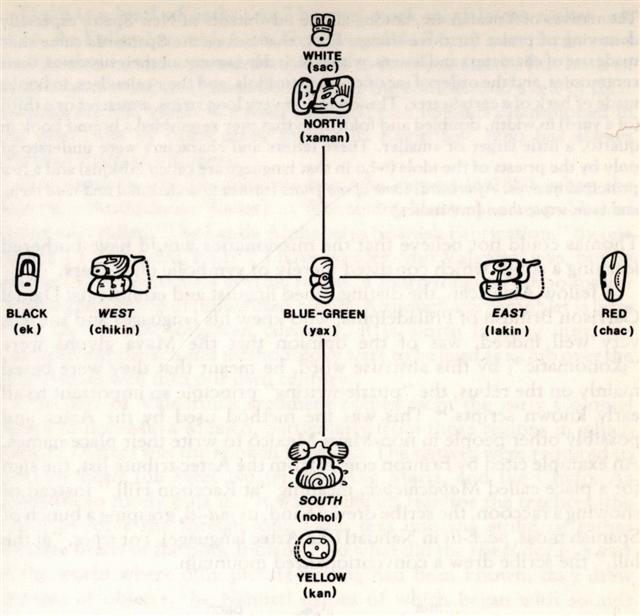
.jpg)


